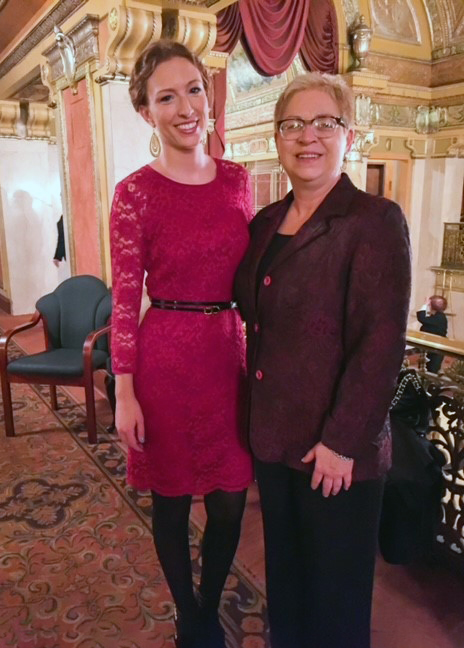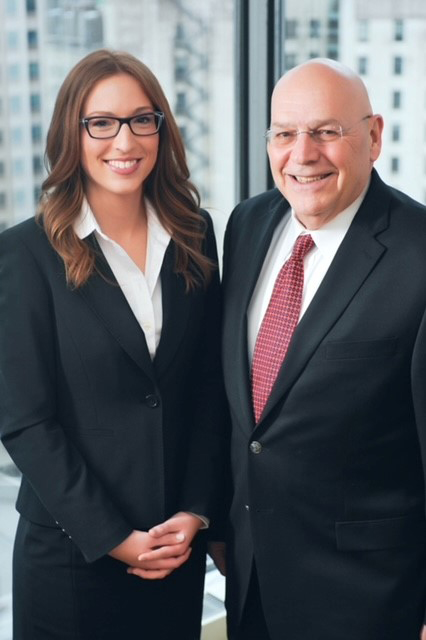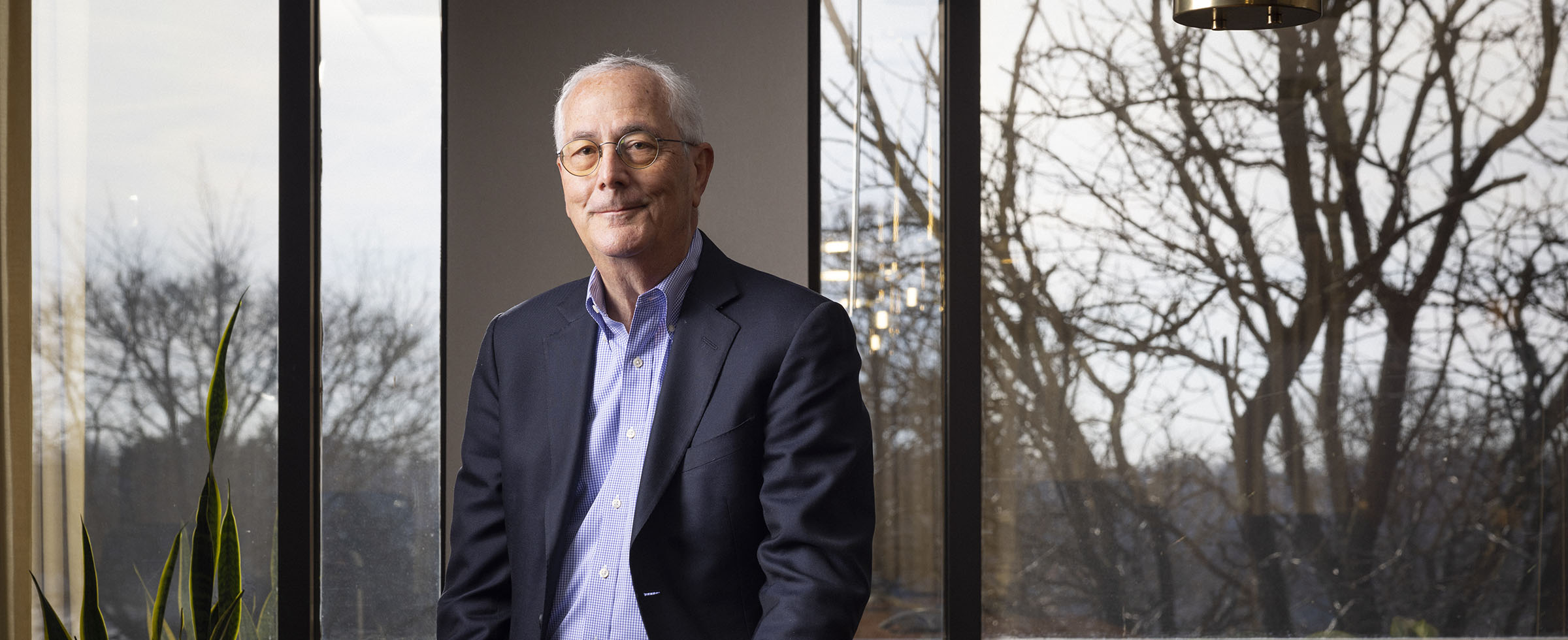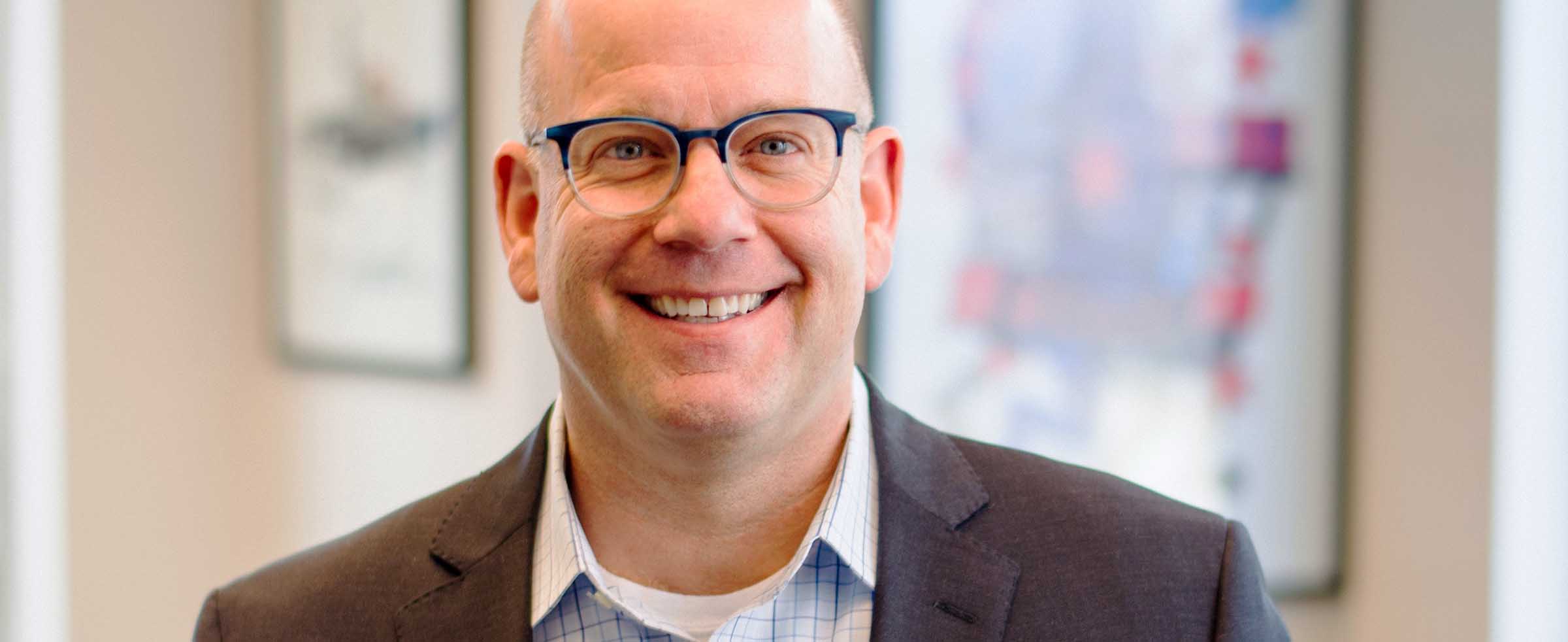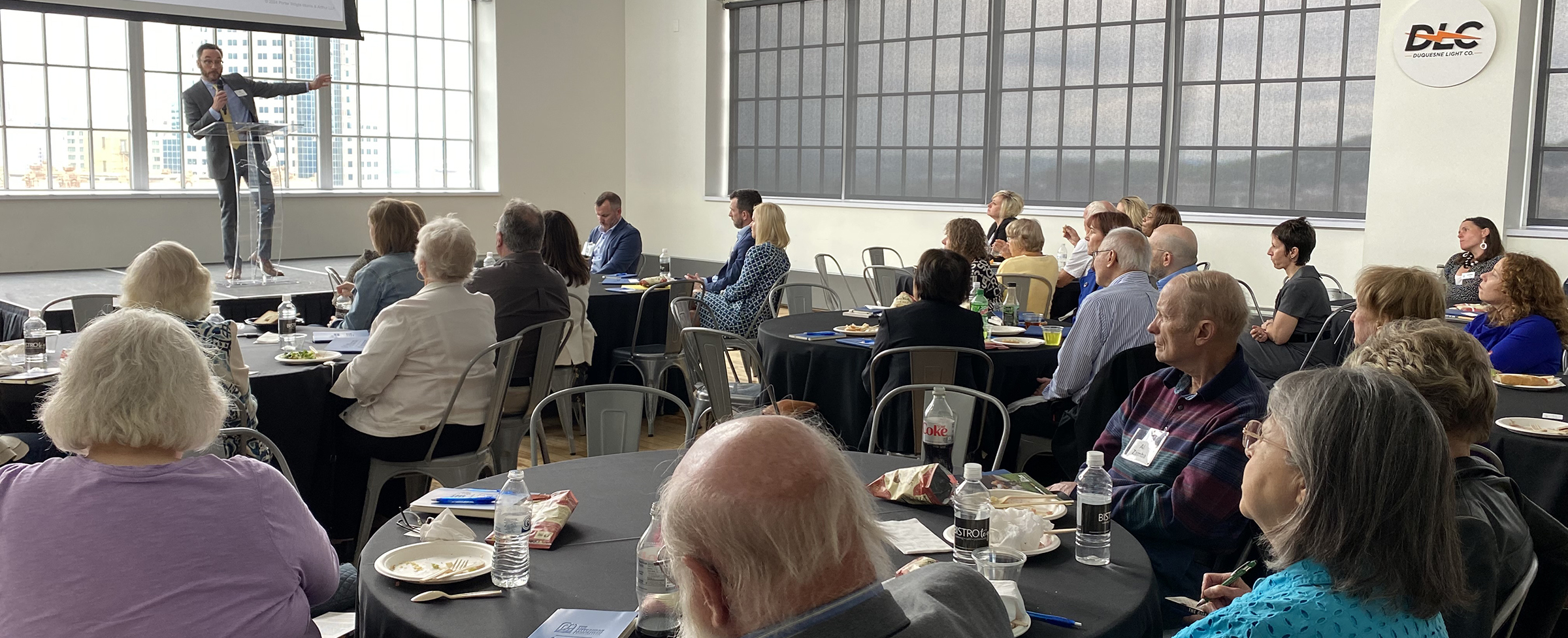Meet advisor Katharine Perry, CFP
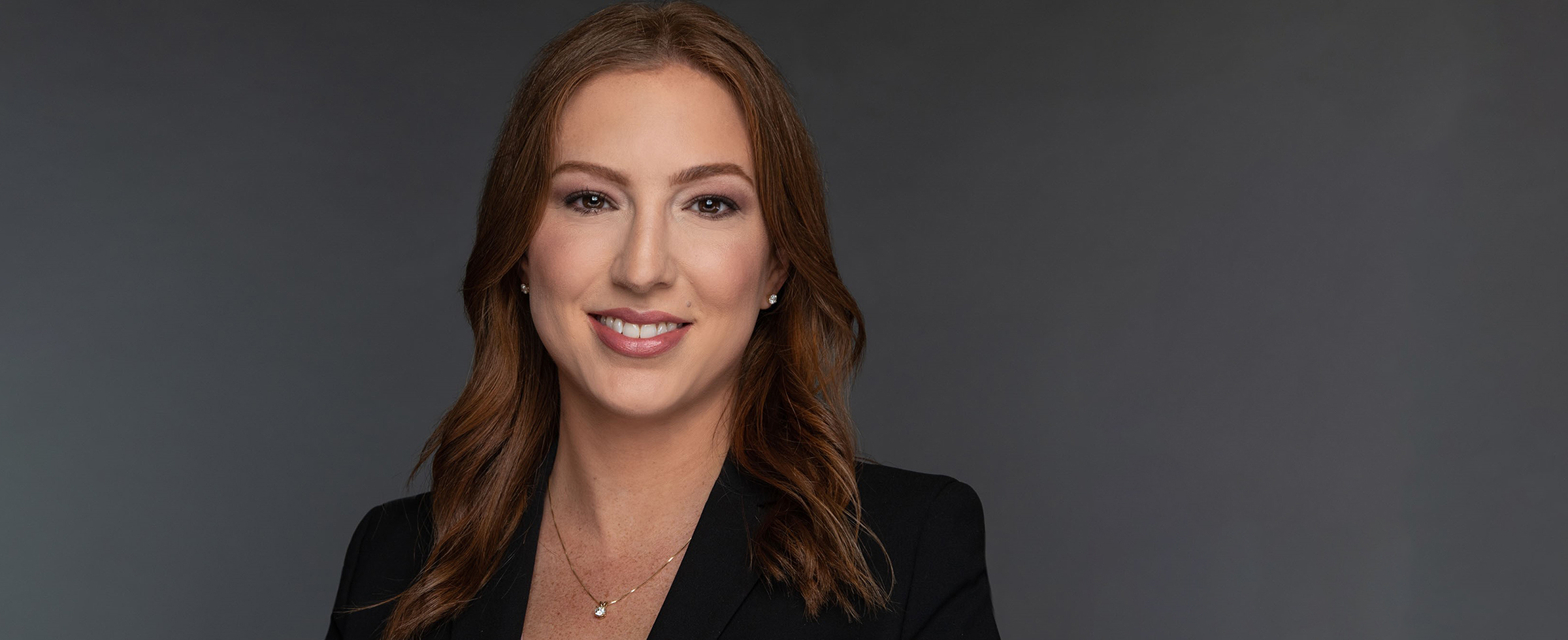
As a certified financial planner and client advisor at CooksonPeirce, Katharine Perry knows her way around a stock portfolio. She also knows what makes people tick. Her training in psychology and social work gives her insight into the deeply personal ways people approach financial matters and charitable giving. In this Q&A, we learn more about what motivates her as a wealth advisor.
What attracted you to the field?
It’s in my blood. Both of my parents were advisors. We would listen to stock reports in the car in the morning. I always went to [National Take Our Daughters and Sons to Work Day] in my dad’s office. He was a broker at Morgan Stanley. I loved clicking the mouse to pretend to trade stocks.
But being an advisor wasn’t always your plan. How did you arrive here?
I graduated from Pitt in 2012 with a degree in psychology. I did a brief stint as a therapeutic support staff member working with children with autism and behavior disorders, but it wasn’t for me. However, that work helped me realize that what I like most is talking with people, diving deep into their lives and providing solutions. I had the opportunity to work for my dad at Morgan Stanley, and it took off from there. I fell in love with the business and all we could do to help people.
There are few things as personal as money and people have strong feelings about it. It can be a touchy subject that you have to navigate appropriately. That mindset is surprisingly useful in this industry because you deal with people in all situations and phases of their lives. Some people come to you when they’re at their happiest because they got promoted or had a baby or just got married. Then there are people who come to you after they are widowed or lost a parent and now have an inheritance they have to figure out. (Q&A continues below photos.)
|
Katharine with her mother Rachel Perry, in 2014. Rachel began her career as an advisor at Dean Witter in 1979 and currently has a support role at RBC Wealth Management. |
Katharine with her father, William Perry, in 2014. William retired three years ago after 40 years at Morgan Stanley. |
We’ve talked about the personal aspects of serving clients. What about the financial side?
I love numbers. Money is a tool that allows people to achieve and enjoy their dreams. So, it’s really about both the financial and personal considerations. If you handle the money side correctly then a client’s emotional and personal goals are achieved. I came to CooksonPeirce in January. What attracted me is the firm’s unique approach. We use a proprietary technique that was developed in the 1960s to manage portfolios. Without saying too much, it is based on an algorithm that considers the relative strength of the stock price. The algorithm helps us remove the emotion from trading stocks. Instead, we look at where the momentum is moving in the market.
Focusing on that quantitative process appeals to me especially in our current world where, with social media, there is so much emotion. Some stocks may be expensive based on demand, rather than on true valuation. Ultimately the trade price is really what someone is willing to pay and may be unrelated to the true “value” of that company. Our math-based approach helps us remove the emotion from investing and focus on the facts of what is going on the market and less on personal opinion and emotion.
So how does charitable giving fit in?
A lot of people are charitably inclined, especially those who overnight come into a lot of money through an inheritance, or because they have created wealth with successful careers. The tech industry is a prime example. In my experience, people want to be smart about where they put their money and creating a legacy is often among their goals. People who want to give back may be giving to organizations or causes they believe in, but often don’t realize they have options to do more.
Donor-advised funds like those that The Pittsburgh Foundation offers are a great example. People often have no idea that those exist and that they can do more than send checks to their church or animal shelter.
Giving through the Foundation provides an option for clients to support organizations with missions they believe in, while also benefiting the client financially. This is especially true for those who have amassed great wealth in one calendar year. Maybe they can use a donor-advised fund to bunch charitable donations to get the maximum tax benefits. From an estate planning perspective, establishing a donor-advised fund that their children can become involved with creates connection while also protecting assets. So, the benefit is two-fold.
What else, besides donor-advised funds, do you suggest to clients interested in giving?
Making charitable distributions from an IRA is something that people don’t really know about. While clients cannot make a qualified charitable distribution from their IRA to a donor-advised fund, there are still ways they can use those distributions for charity. I’ve also had many conversations about converting regular IRAs to Roth IRAs. Legacy planning is the reason: beneficiaries won’t have to pay taxes on money out of the Roth IRA. It’s essentially the same conversation we have about charitable endeavors, where we connect up the clients’ goals with their tax strategies. Some clients are OK with their kids paying taxes from their inheritance, while others want to organize their estates so their kids won’t have tax burdens later. Do they want their kids to be involved in the chartable piece? Do they want a legacy that will carry on after their lifetime? That’s where the planning piece comes in. I dig into (the client’s) goals and create a strategy that helps me achieve their goals.

